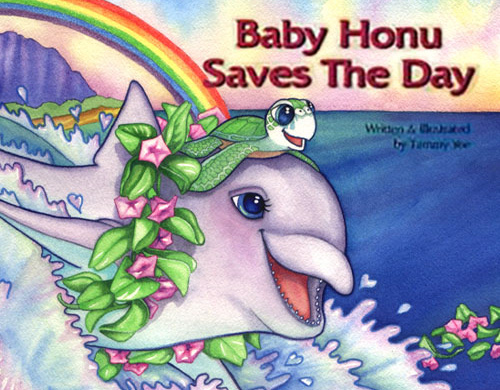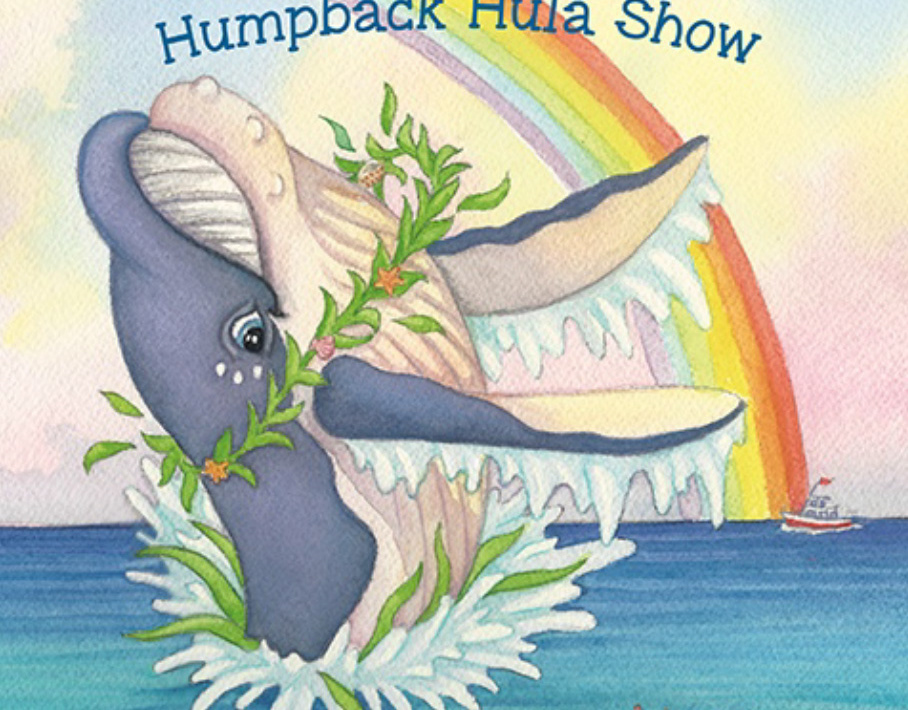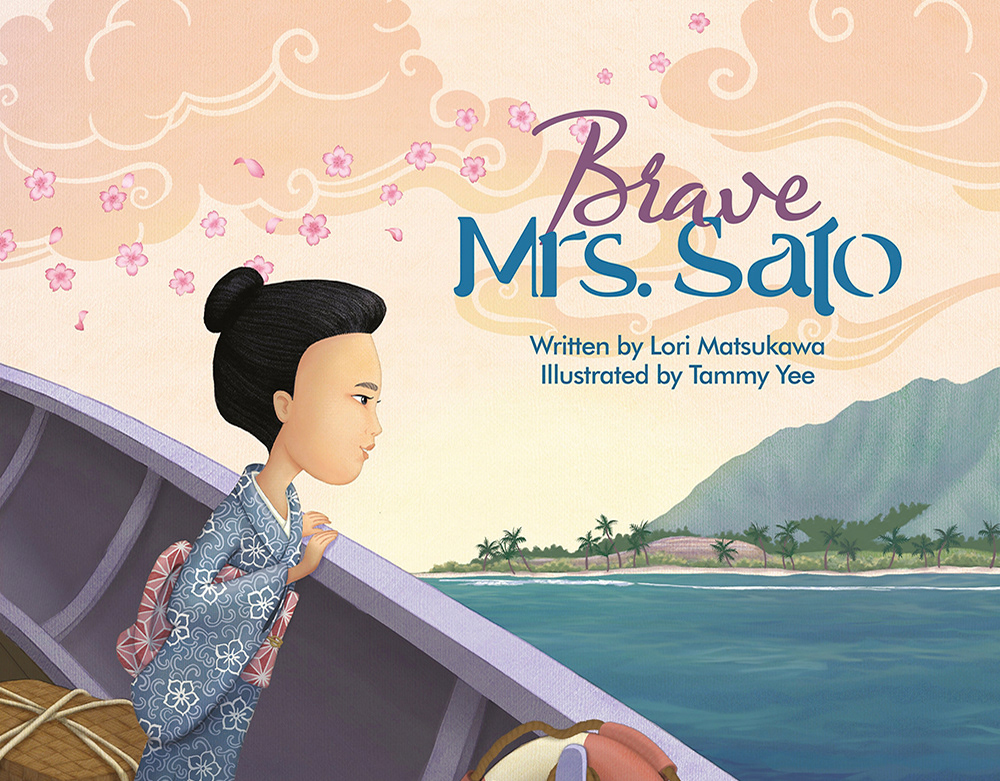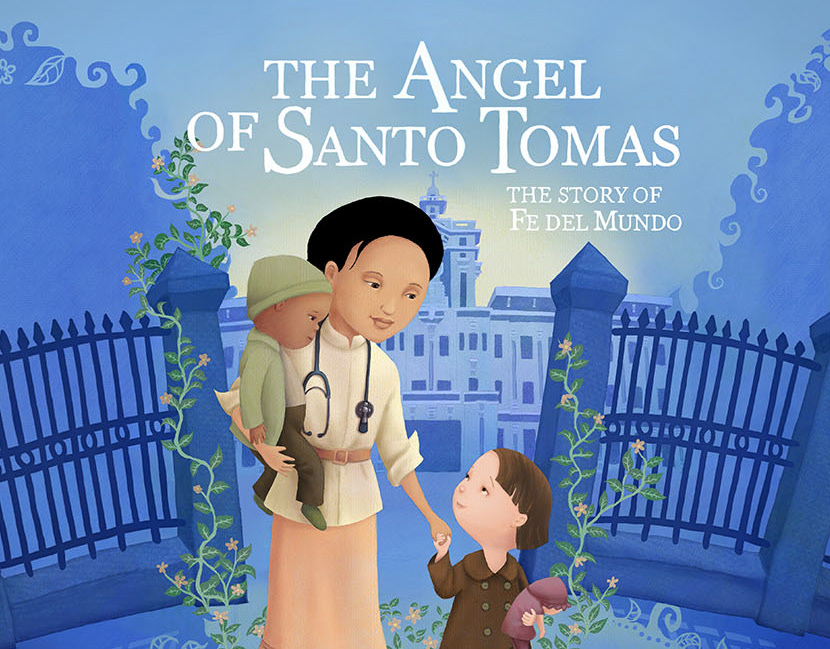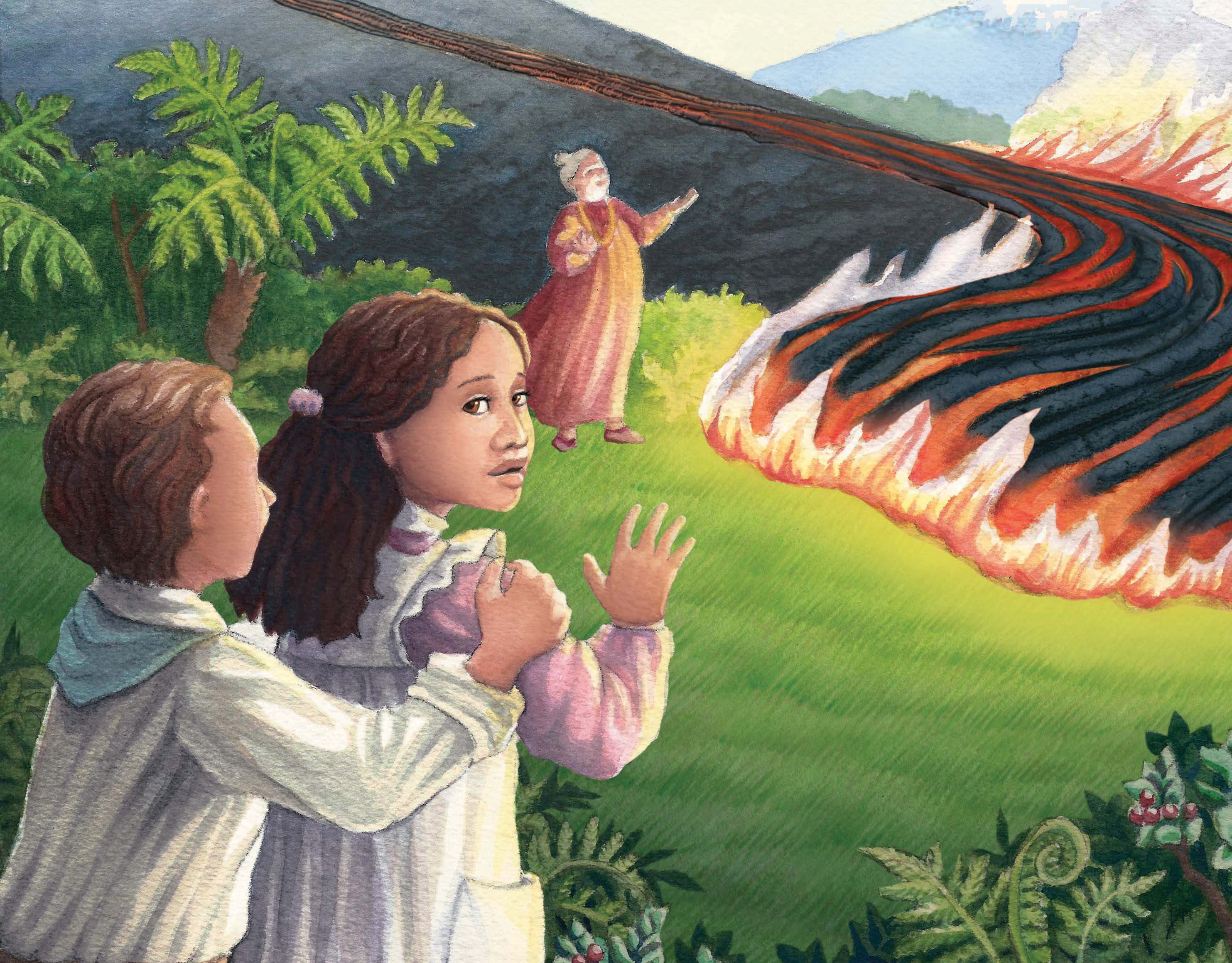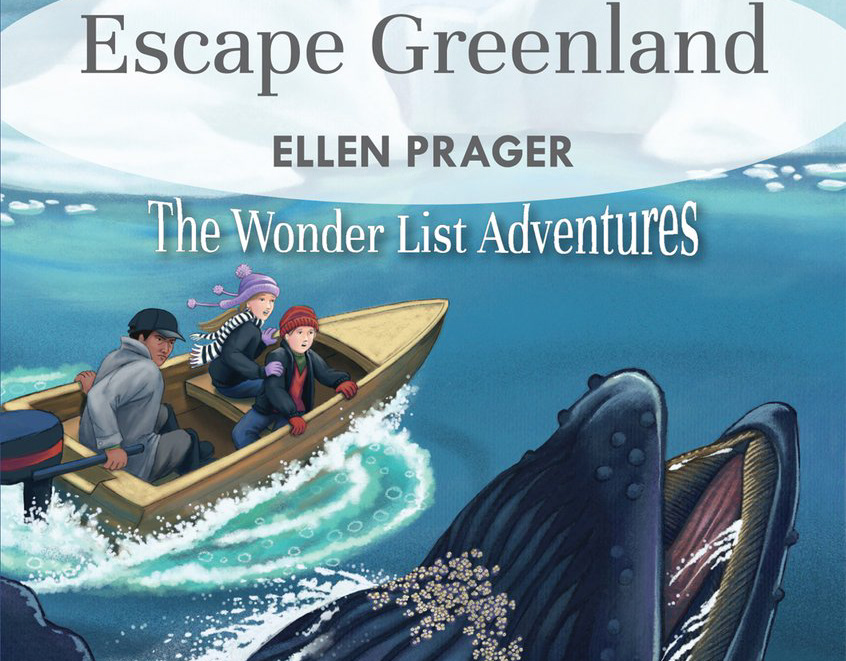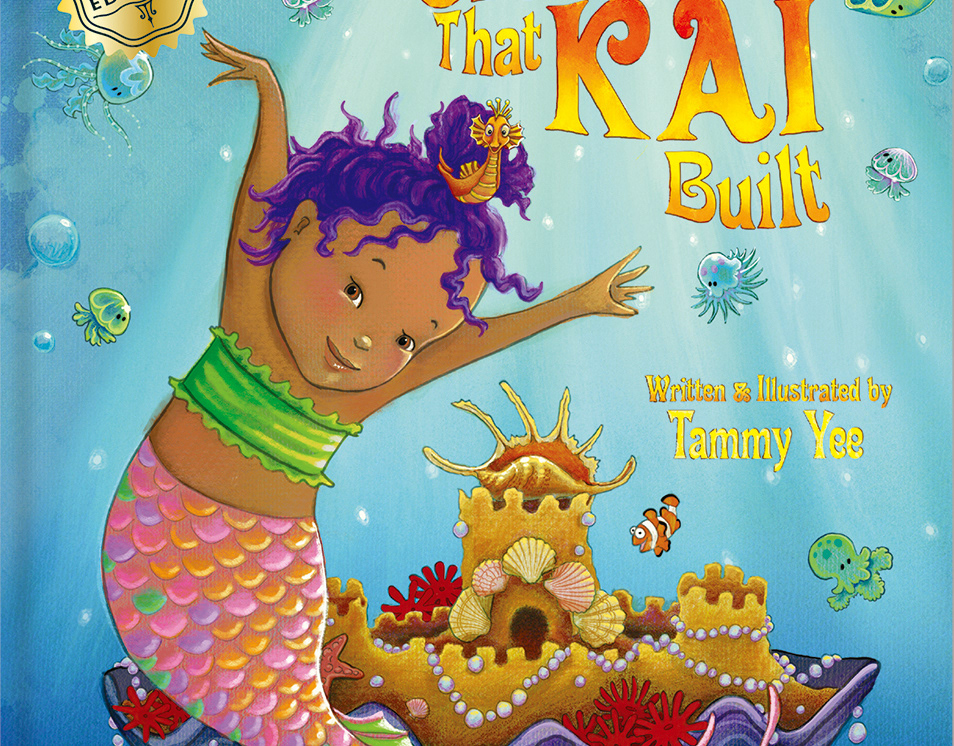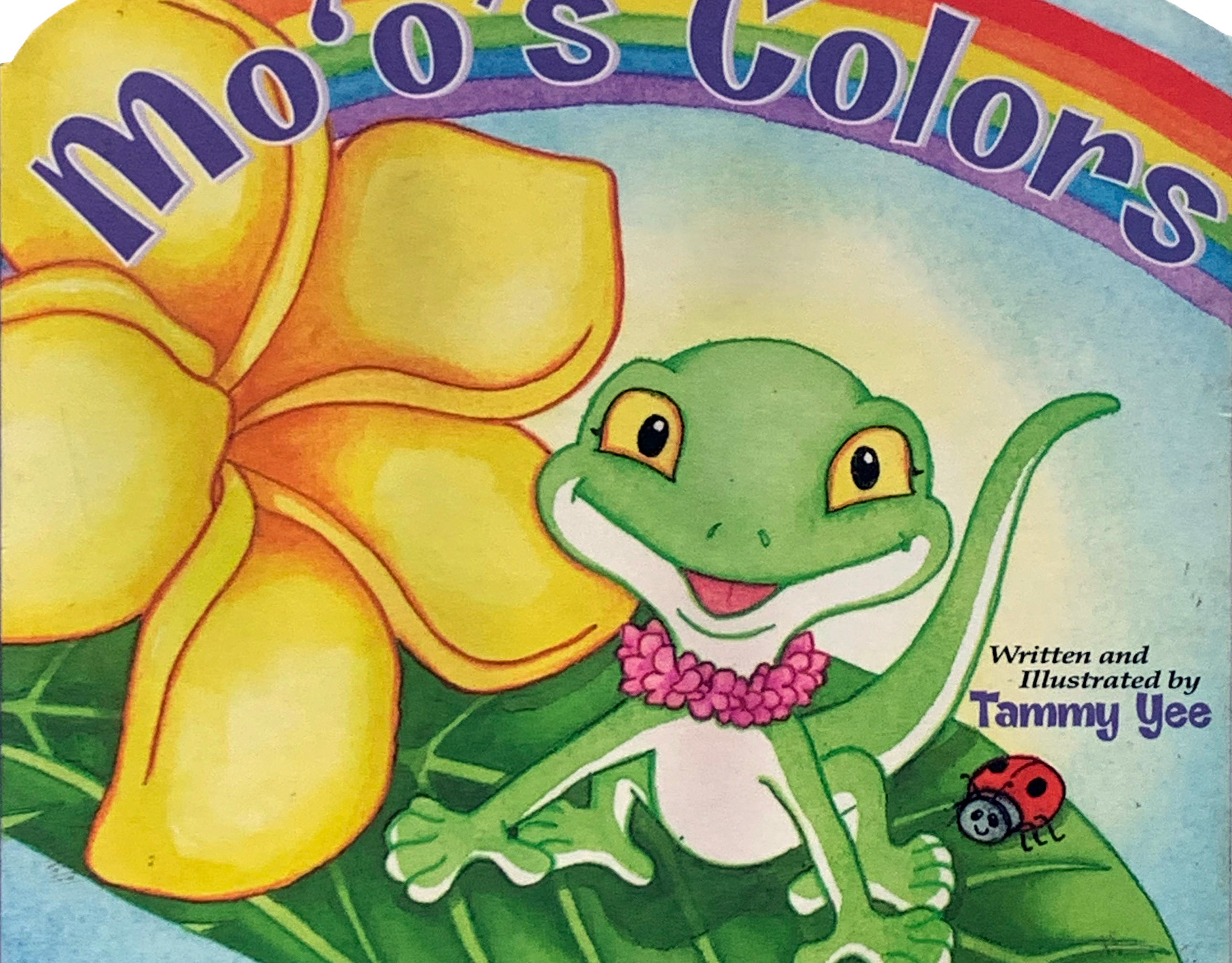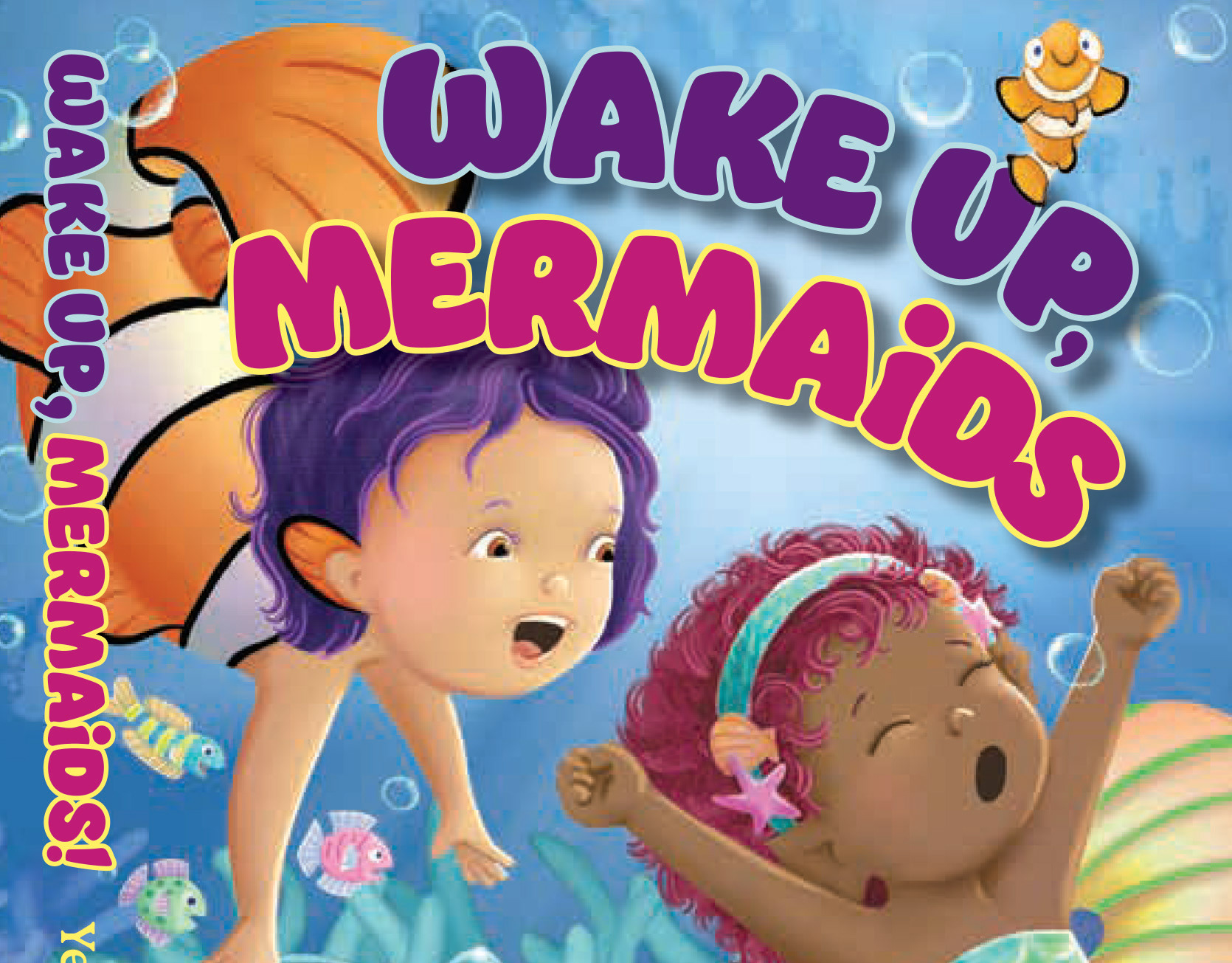"Yee's digitally colored drawings are realistic. Knowledgeable readers will recognize the painted turtle, great blue herons, mallards, Canada geese, bald eagle, and mergansers in the hands of wildlife rehabilitators, veterinarians, and support staff or paddling happily in recovery pools. The variety is impressive."
— KIRKUS REVIEWS
— KIRKUS REVIEWS
Written by Jennifer Keats Curtis and Tri-State Bird Rescue & Research, Inc., Illustrated by Tammy Yee, Arbordale Publishing
When oil spills, workers hurry to clean the land and water. But oil spills can also affect every animal that lives in the area. Who helps these wild animals
Follow along to learn how these experts capture oiled animals and treat them quickly and safely so that they may be returned to the wild. This illustrated nonfiction is based on the extensive experience of the Oiled Wildlife Response Team at Tri-State.
Arbordale Publishing
Available in Kindle, Audible Audiobook, Hardcover, and Paperback.
Arbordale Publishing
Available in Kindle, Audible Audiobook, Hardcover, and Paperback.
Ages 4-9, Grades 2-3,
Available through Arbordale Publishing, Amazon
REVIEWS
"An unusual look at the effects of oil spills on wildlife, and a useful tool for teaching early elementary students about environmental science."
- Eva Elisabeth VonAncken, School Library Journal
- Eva Elisabeth VonAncken, School Library Journal
"A straightforward description of how some humans are working to help animals affected by the oils we all use."
- Kirkus Reviews
"I love the up-close-and-personal view into wildlife rescue. I didn’t know it took that long to wash and rinse off gloopy, sticky oil! I like the back matter: a section about preventing oil spills, a wildlife identification challenge, and an interview with the director of the rescue center."
- Archimedes Notebook
ILLUSTRATIONS
MEDIA
BEHIND THE SCENES: Illustrating "River Rescue"
When my copies of River Rescue arrived in the mail, I immediately flipped to the educational content at the end of the book. As an illustrator, I am sometimes asked to create spot illustrations for the back matter, but rarely do I see it in its entirety before publication. Checking River Rescue's back matter satisfied my need to learn more about a topic that I spent many months researching and illustrating: the rescue and rehabilitation of birds impacted by oil spills. And the lesson plans that Arbordale provides on their website as a supplement for parents and teachers was icing on the cake.
So how does a Hawaii-based illustrator work on a book about rescuing oiled birds? With lots of help from the author, editors, and expert Lisa Smith at Tri-State Bird Rescue and Research.
Before working on River Rescue, I knew little about the havoc that oil spills can wreak on our nation's waterways. Then I learned about the 2004 oil spill on the Delaware River (see inset). While transporting oil to a Philadelphia refinery, the tanker Athos I struck a submerged anchor and leaked more than 250,000 gallons of heavy oil into one of the busiest shipping complexes in North America. Thousands of birds were killed, and the incident had lasting effects on the environment.
However, the study of the effect that oil spills have on wildlife began long before the Athos I accident.
On the day after Christmas in 1976, a tanker ran aground on the Delaware River. 134,000 gallons of oil spilled out of the ruptured hull, creating a 25-mile-long slick that threatened 60,000 ducks and geese. "As a result, Tri-State Bird Rescue and Research was founded in 1977 to study the effects of oil on birds and to find a way to successfully treat wildlife."
My first task in illustrating River Rescue was to learn more about river habitats and the birds, insects, reptiles, and fish that inhabit them, and to make sketches. I asked myself, what birds lived along the riverbanks? Were they migratory? What did they eat? How did they co-exist with other river inhabitants? Lisa Smith from Tri-State helped me along the way, making suggestions and corrections.
So how does a Hawaii-based illustrator work on a book about rescuing oiled birds? With lots of help from the author, editors, and expert Lisa Smith at Tri-State Bird Rescue and Research.
Before working on River Rescue, I knew little about the havoc that oil spills can wreak on our nation's waterways. Then I learned about the 2004 oil spill on the Delaware River (see inset). While transporting oil to a Philadelphia refinery, the tanker Athos I struck a submerged anchor and leaked more than 250,000 gallons of heavy oil into one of the busiest shipping complexes in North America. Thousands of birds were killed, and the incident had lasting effects on the environment.
However, the study of the effect that oil spills have on wildlife began long before the Athos I accident.
On the day after Christmas in 1976, a tanker ran aground on the Delaware River. 134,000 gallons of oil spilled out of the ruptured hull, creating a 25-mile-long slick that threatened 60,000 ducks and geese. "As a result, Tri-State Bird Rescue and Research was founded in 1977 to study the effects of oil on birds and to find a way to successfully treat wildlife."
My first task in illustrating River Rescue was to learn more about river habitats and the birds, insects, reptiles, and fish that inhabit them, and to make sketches. I asked myself, what birds lived along the riverbanks? Were they migratory? What did they eat? How did they co-exist with other river inhabitants? Lisa Smith from Tri-State helped me along the way, making suggestions and corrections.
Next, I researched how experts rescued oil-contaminated birds. How did they hold the frightened animals? Did they wear protective clothing? What did the rescue facilities look like? Every detail, down to the gloves and goggles, was scrutinized.
The cover took several drafts
Once the rough sketches were approved, the illustrations were completed in Procreate on an iPad Pro. I imported textured backgrounds and used brushes to make the digital illustrations look more traditional. Procreate also allowed me to take videos of the works in progress:


